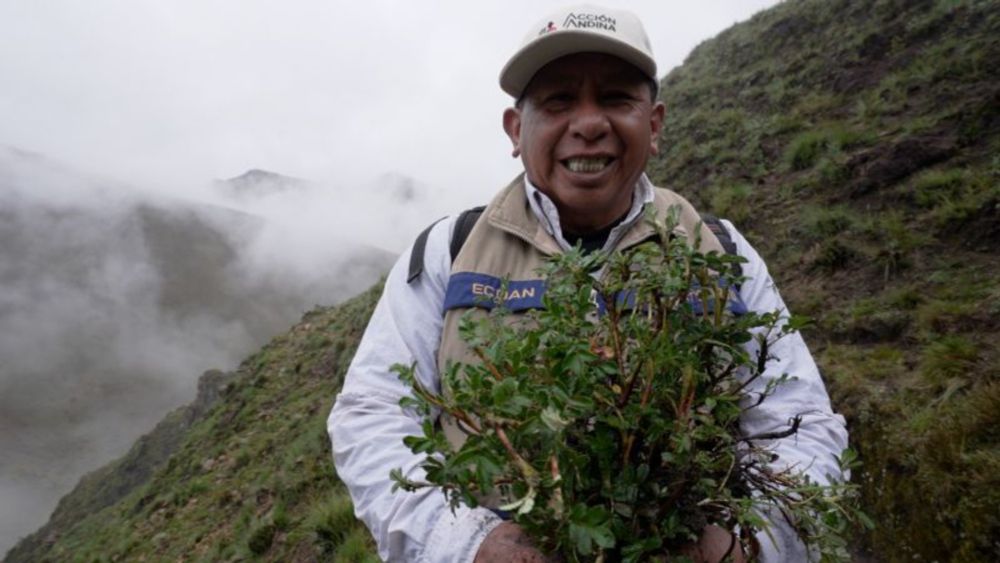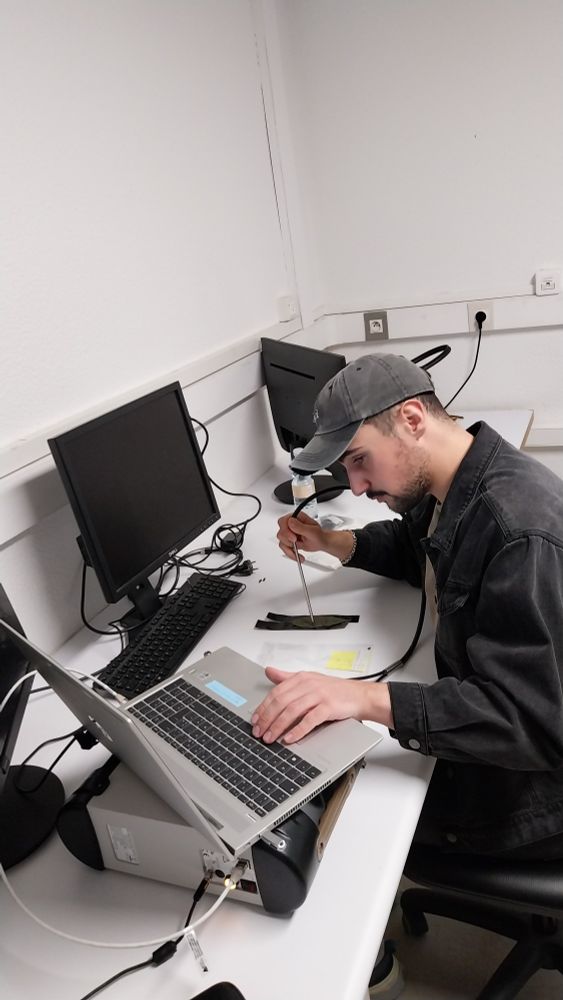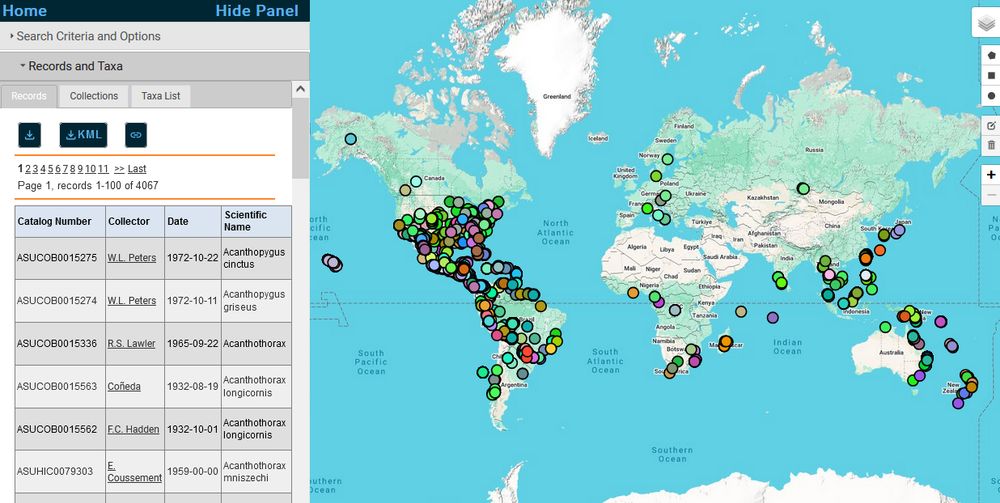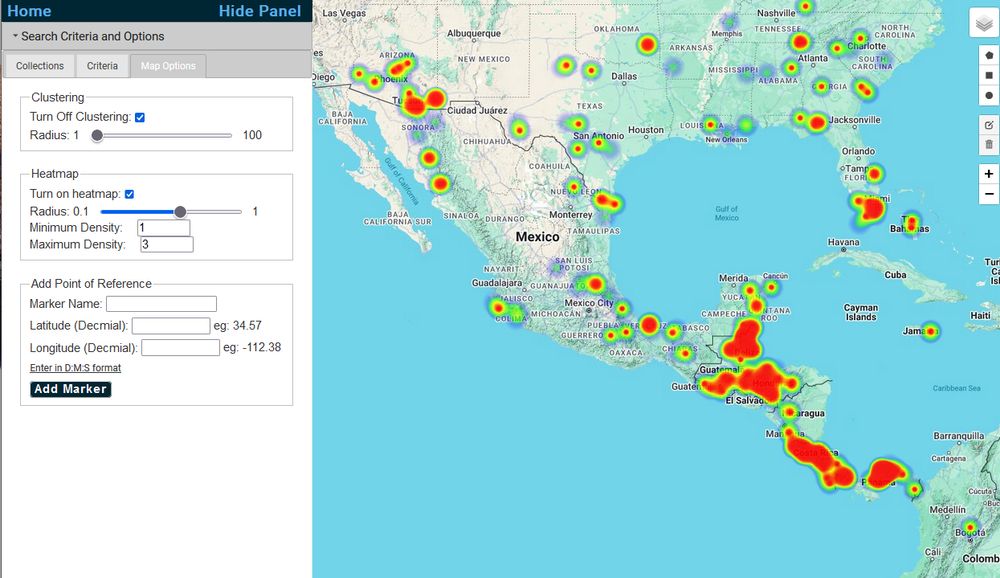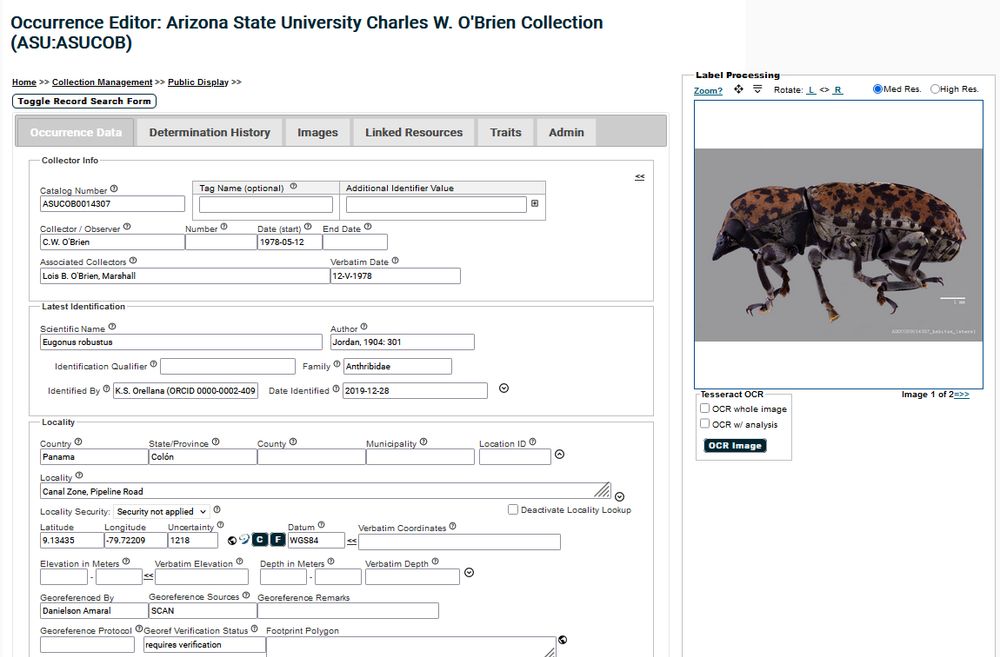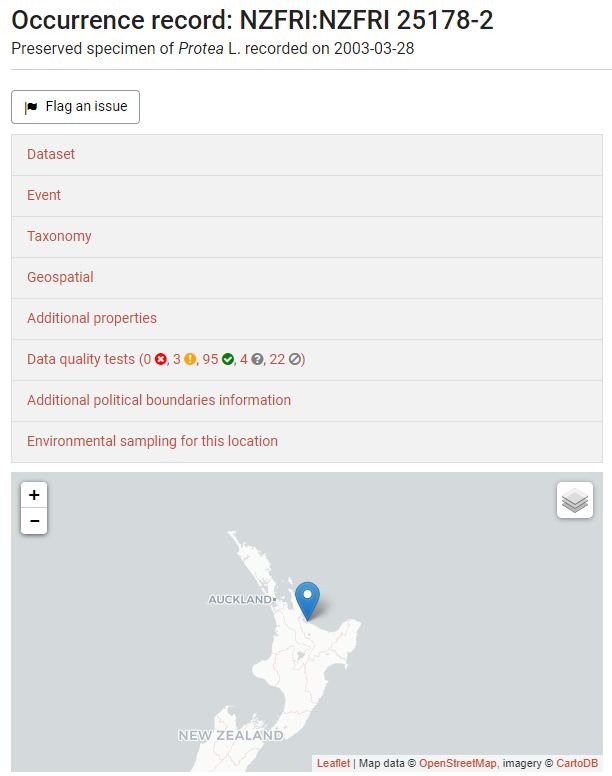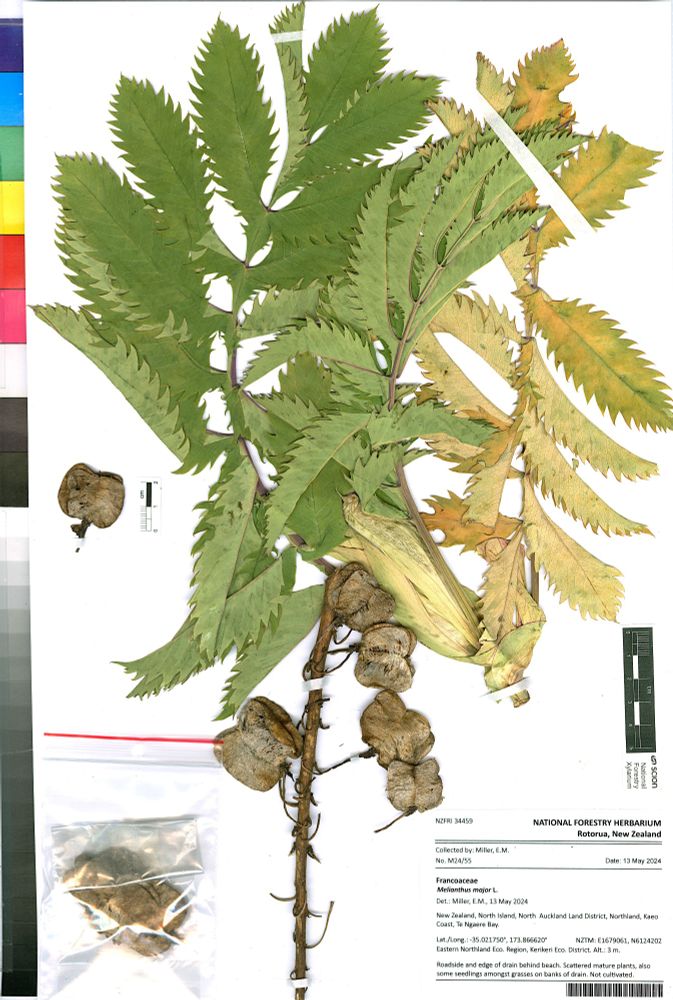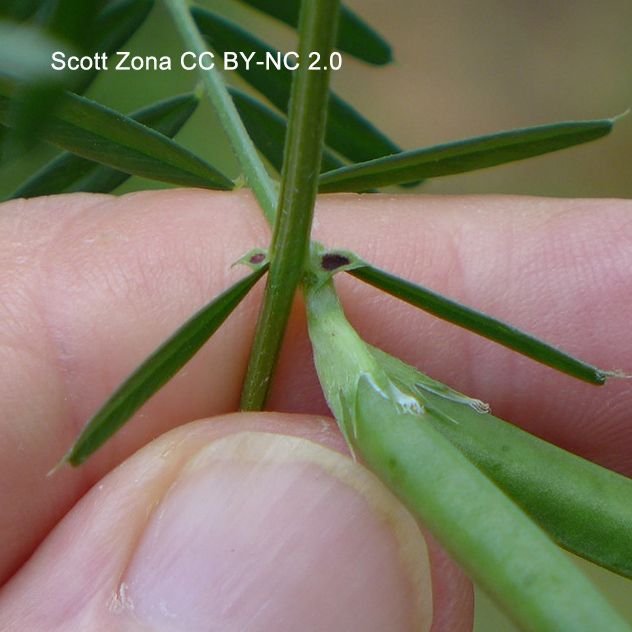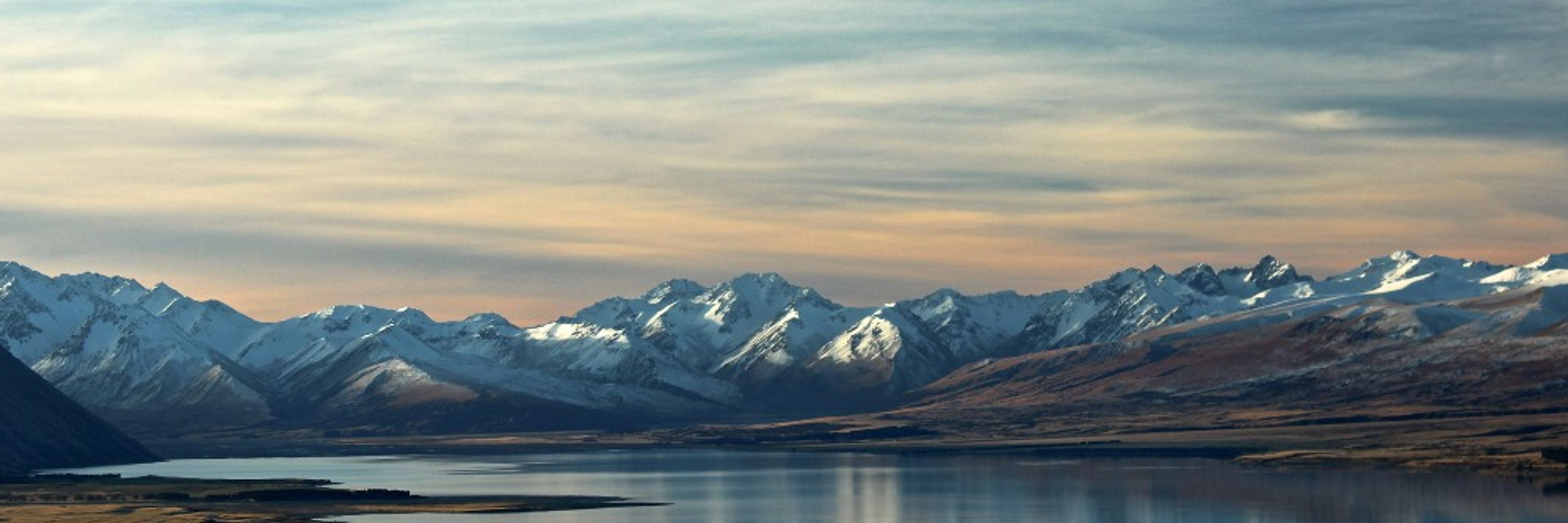

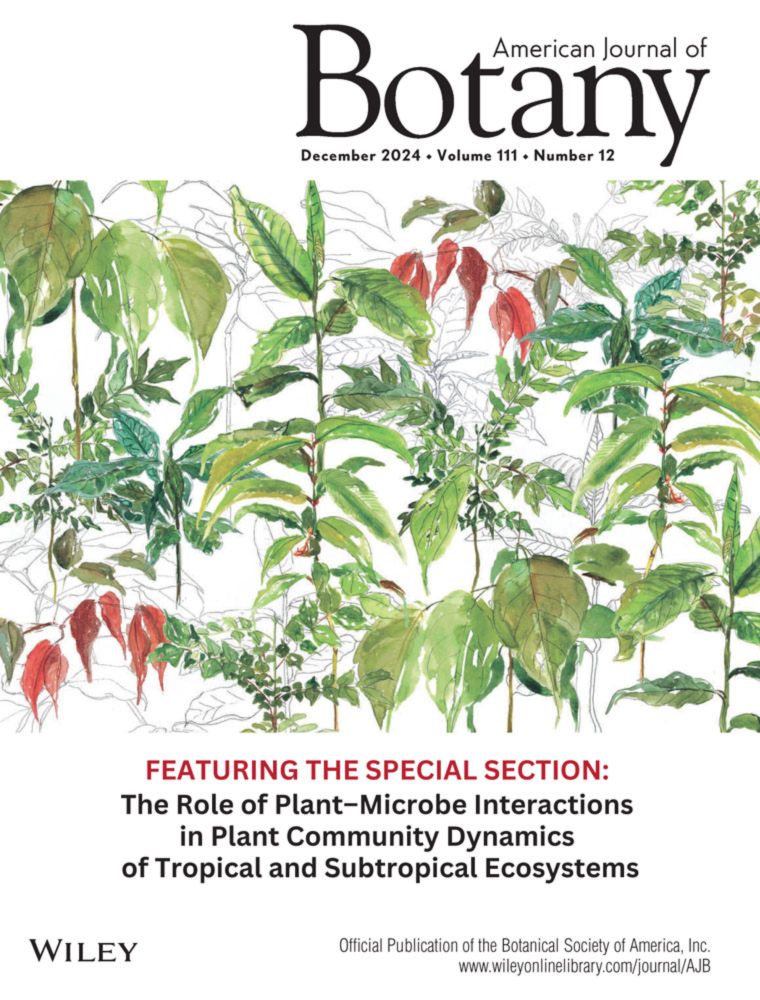
Read more here ➡️ https://shorturl.at/z4Ygl

Read more here ➡️ https://shorturl.at/z4Ygl
Fresh records for researchers, conservationists & biodiversity enthusiasts. Explore the richness of our collections to unlock new insights and create impact.
#BioCollections #GBIF #Herbarium #BiodiversityData
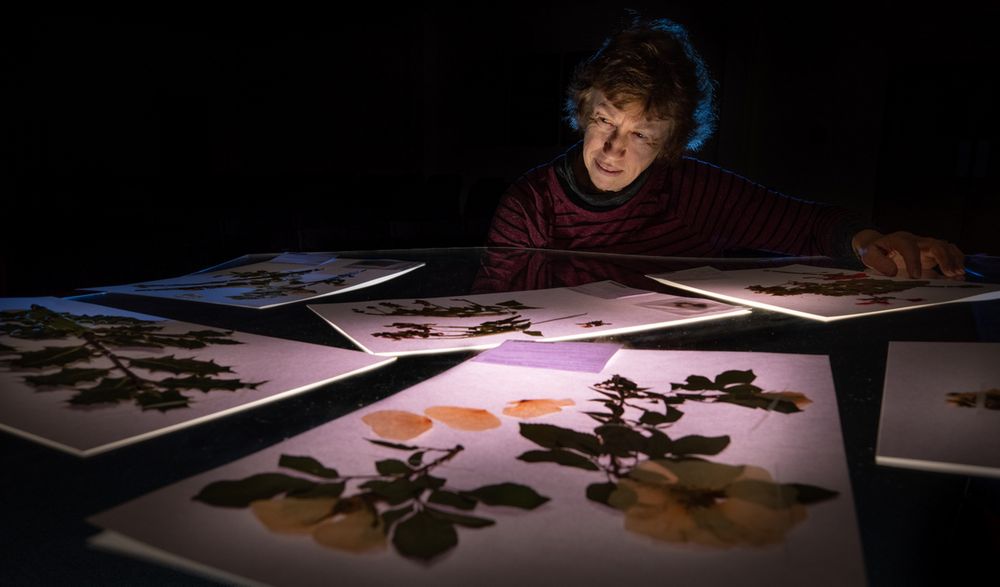
Fresh records for researchers, conservationists & biodiversity enthusiasts. Explore the richness of our collections to unlock new insights and create impact.
#BioCollections #GBIF #Herbarium #BiodiversityData
We’re here to grow a resilient, sustainable bioeconomy — through innovation, collaboration and science that delivers real-world impact. 🌱
We’re here to grow a resilient, sustainable bioeconomy — through innovation, collaboration and science that delivers real-world impact. 🌱
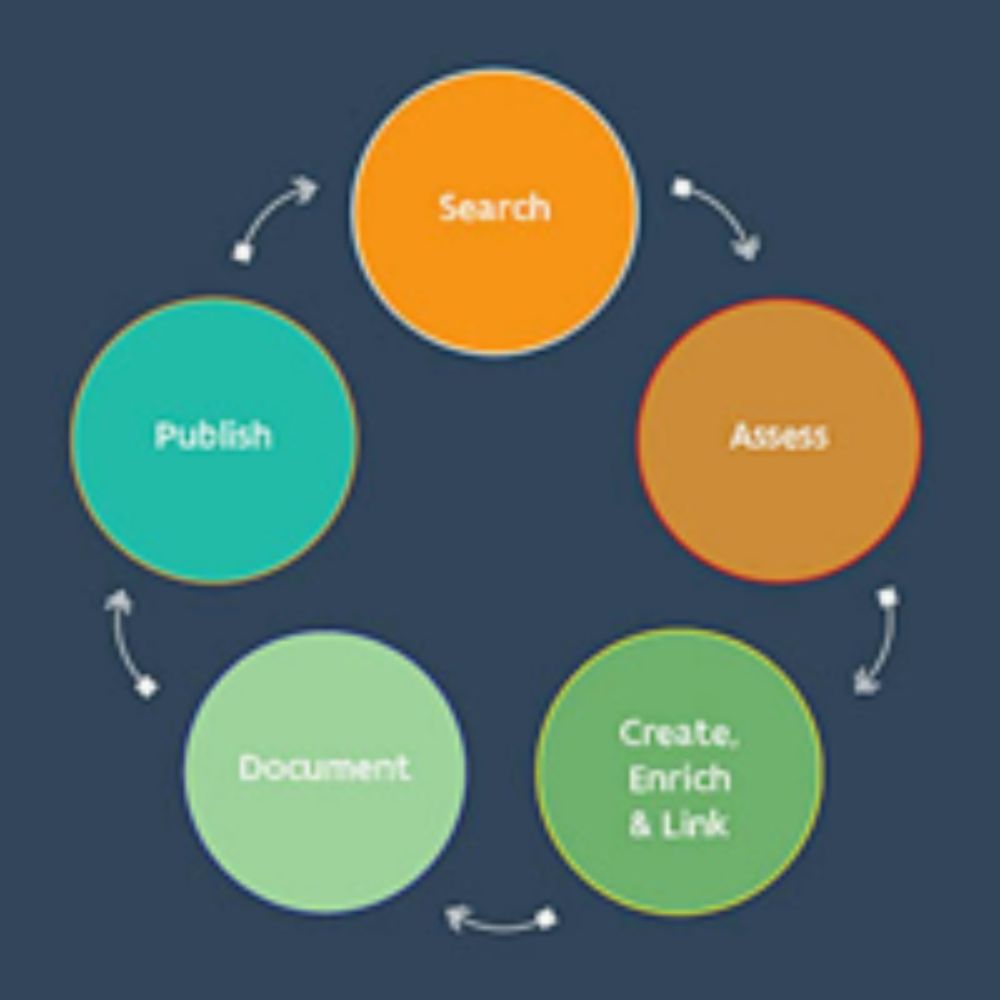
News just in: trees can self-seed, which could be why they've survived for 360m years. 🧵
*Nothing* was planted here.
"It's not rocket science" is an understatement.
🌍
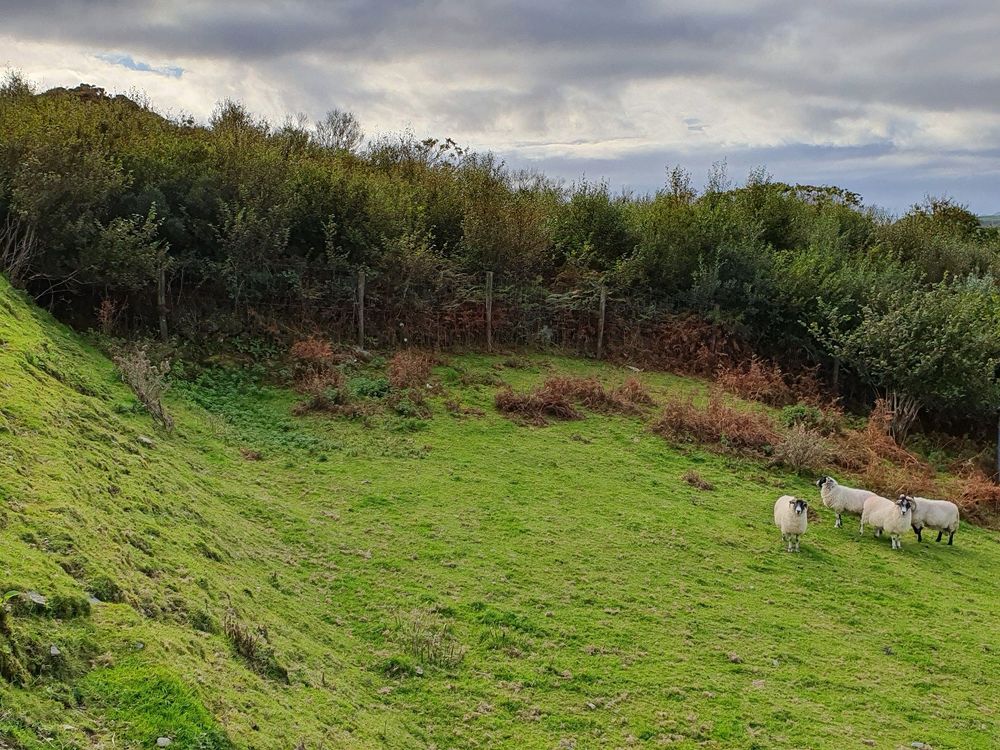
News just in: trees can self-seed, which could be why they've survived for 360m years. 🧵
youtu.be/NpHhEybJdxg
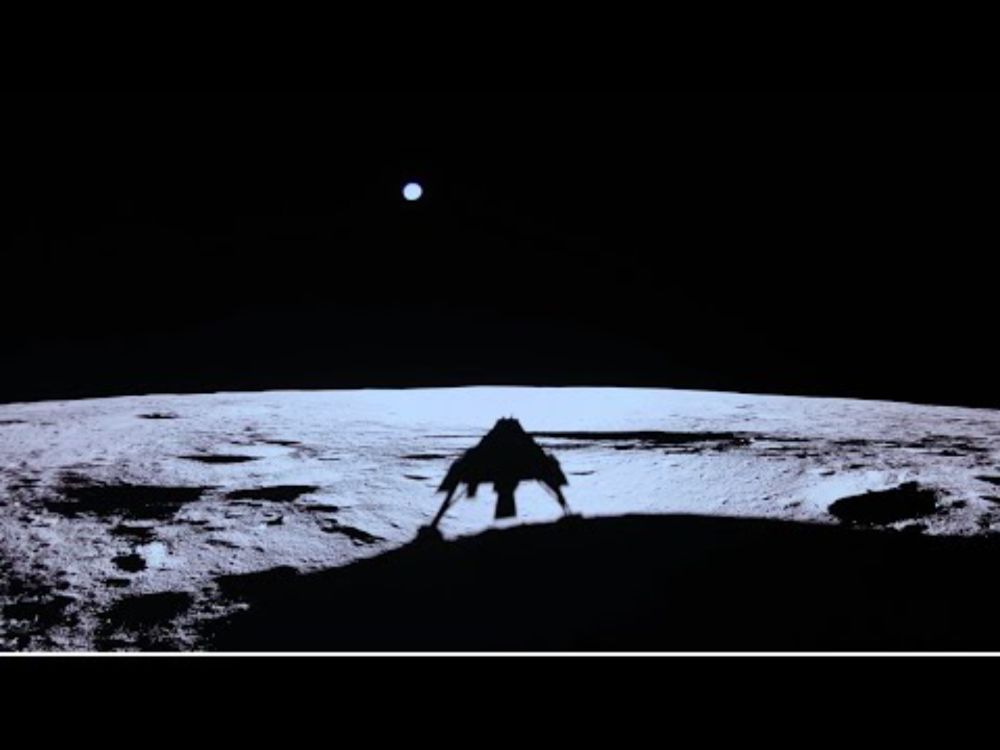
youtu.be/NpHhEybJdxg
-With @alexanderlees.bsky.social + Eliza Grames!
#CommSky 🧪🌏 www.sciencedirect.com/science/arti...
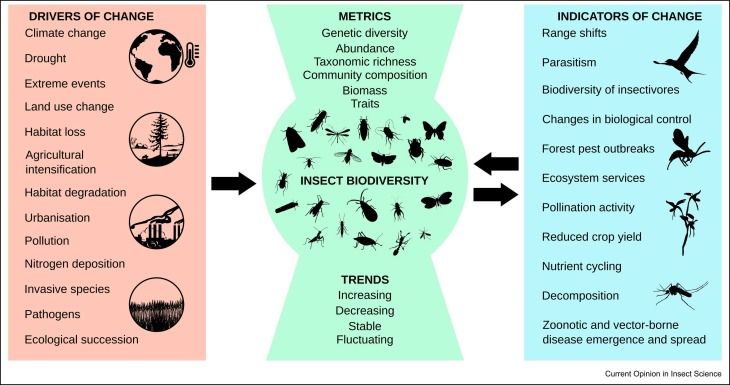
-With @alexanderlees.bsky.social + Eliza Grames!
#CommSky 🧪🌏 www.sciencedirect.com/science/arti...
www.nature.com/articles/d41... 🧪
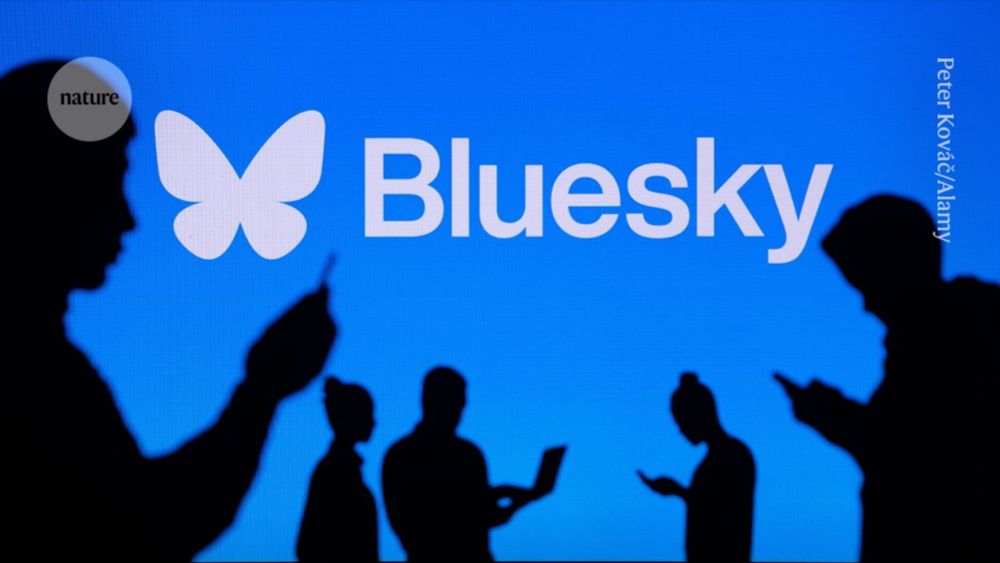
www.nature.com/articles/d41... 🧪
